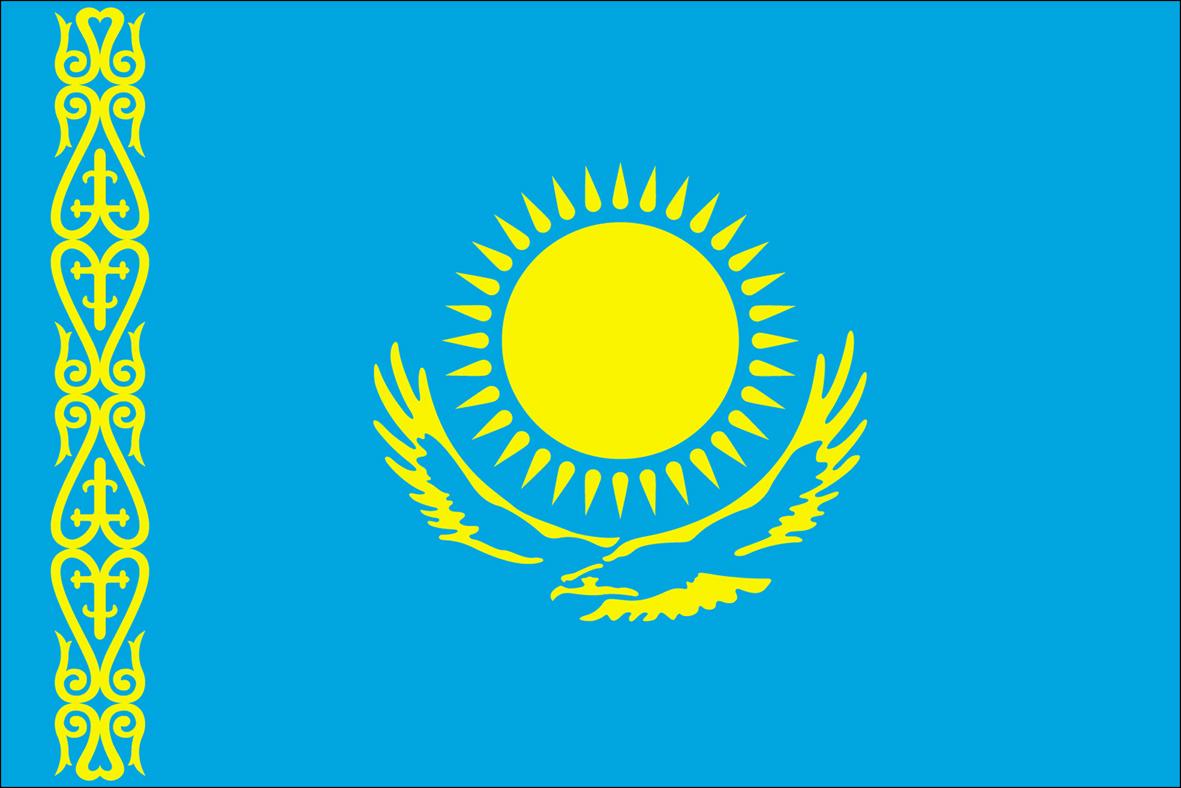Samarra Archaeological City
© Mahmoud BendakirThe ancient capital of Samarra dating from 836-892 provides outstanding evidence of the Abbasid Caliphate which was the major Islamic empire of the period, extending from Tunisia to Central Asia. It is the only surviving Islamic capital that retains its original plan, architecture and arts, such as mosaics and carvings. Samarra has the best preserved plan of an ancient large city, being abandoned relatively early and so avoiding the constant rebuilding of longer lasting cities.
Samarra was the second capital of the Abbasid Caliphate after Baghdad. Following the loss of the monuments of Baghdad, Samarra represents the only physical trace of the Caliphate at its height.
The city preserves two of the largest mosques (Al-Malwiya and Abu Dulaf) and the most unusual minarets, as well as the largest palaces in the Islamic world (the Caliphal Palace Qasr al-Khalifa, al-Ja'fari, al Ma'shuq, and others). Carved stucco known as the Samarra style was developed there and spread to other parts of the Islamic world at that time. A new type of ceramic known as Lustre Ware was also developed in Samarra, imitating utensils made of precious metals such as gold and silver. Read more about this site on the UNESCO World Heritage website.










